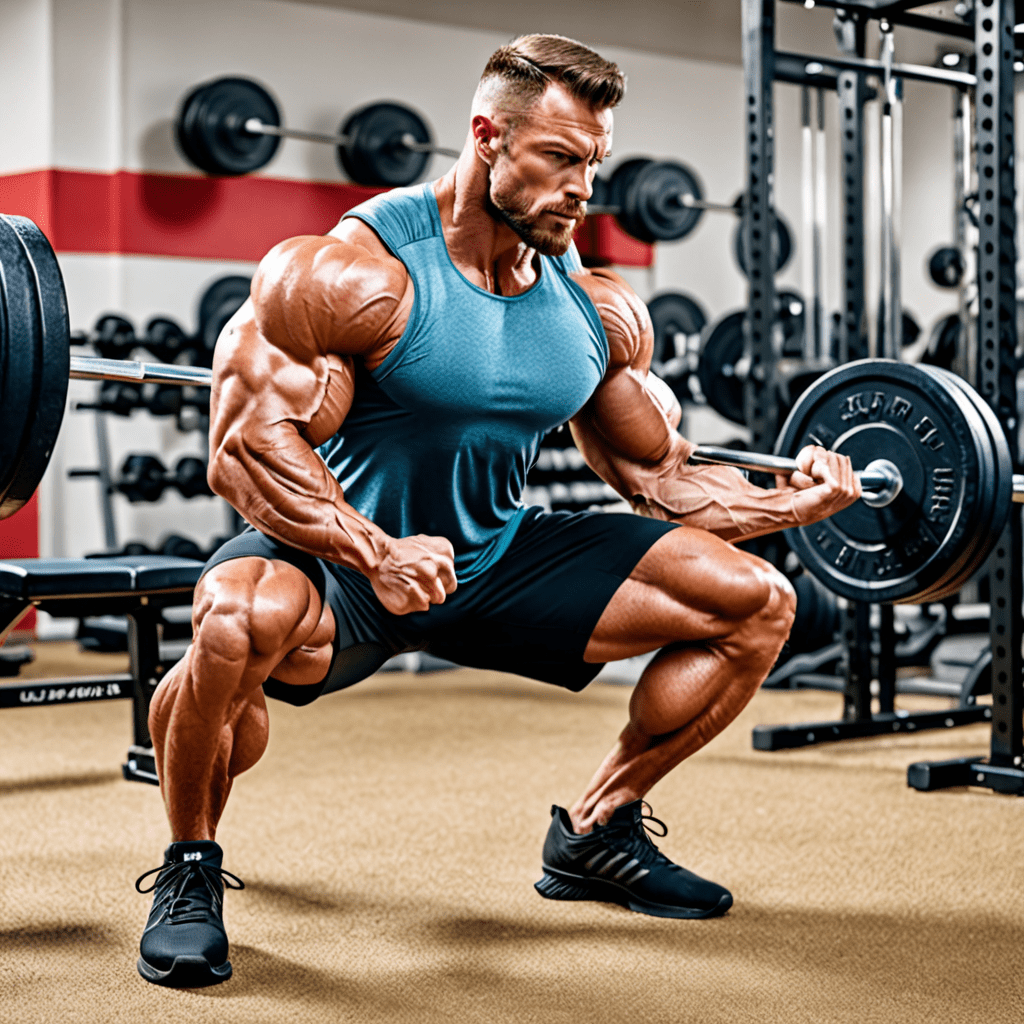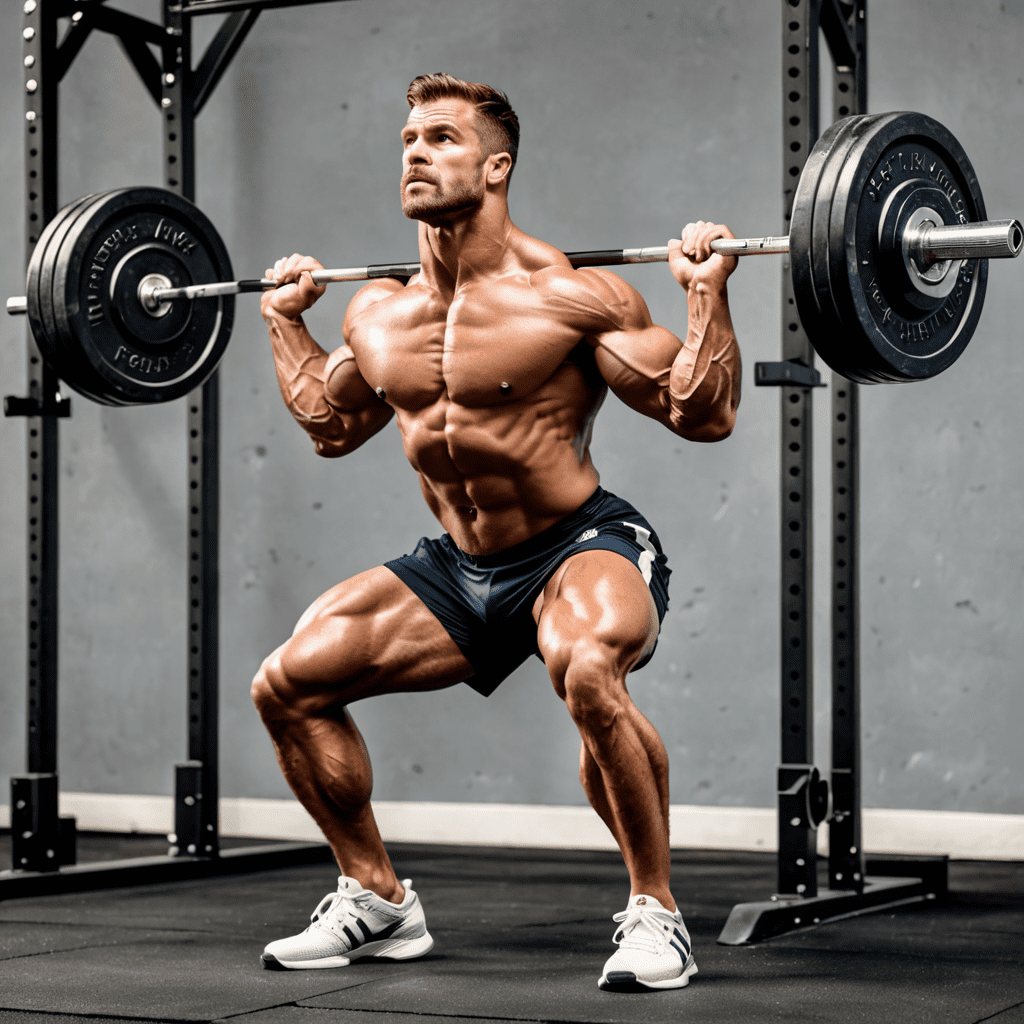
What Muscles Does a Hack Squat Work?
The Hack Squat Exercise
The hack squat is a popular compound exercise that targets multiple muscle groups in the lower body. It is performed using a hack squat machine or a barbell to provide resistance. This exercise is an excellent addition to any leg workout routine as it helps to develop strength, power, and muscular endurance.
The Primary Muscles Engaged
The hack squat primarily targets the following key muscles:
- Quadriceps (front thighs)
- Glutes (buttocks)
- Hamstrings (back thighs)
- Calves (lower legs)
Secondary Muscles Involved
In addition to the primary muscles, the hack squat also engages various secondary muscles to provide stability and contribute to the overall movement. These include:
- Hip flexors
- Adductors (inner thighs)
- Abductors (outer thighs)
- Erector spinae (lower back)
- Core muscles (including abdominals)
- Gastrocnemius (calf muscles)
Benefits of Hack Squats
Choosing to incorporate the hack squat into your workout routine can provide a range of benefits, including:
- Improved lower body strength
- Increased muscle mass and definition in the legs
- Enhanced stability and balance
- Strengthening of the core muscles
- Efficient calorie burning and fat loss
- Improved bone density
Proper Form and Technique
To maximize the effectiveness of the hack squat and minimize the risk of injury, it is essential to maintain proper form and technique. Here are some key points to keep in mind:
- Start with your feet shoulder-width apart and position your shoulders under the pads or the barbell on your back.
- Engage your core and keep your chest lifted throughout the movement.
- Lower your body by bending at the knees and hips, ensuring knees do not extend beyond your toes.
- Descend until your thighs are parallel to the ground, or as deep as your flexibility allows.
- Push through your heels to extend your legs and return to the starting position.
- Keep a controlled and steady pace throughout the exercise.
- Remember to breathe consistently, inhaling as you lower and exhaling as you push up.
Frequently Asked Questions (FAQ)
1. Is the hack squat suitable for beginners?
Yes, the hack squat can be modified to accommodate beginners by using lighter weights or focusing on bodyweight exercises first. It is important to gradually increase the intensity as strength and technique improve.
2. How often should I include hack squats in my workout routine?
The frequency of hack squats depends on individual goals and overall program design. Generally, 2-3 times per week with adequate recovery time in between is recommended. It is always best to consult with a qualified fitness professional to design a personalized exercise plan.
3. Can I perform hack squats without a machine?
Absolutely! If you don’t have access to a hack squat machine, you can still perform hack squats using a barbell or dumbbells held behind your body. This variation is known as the barbell hack squat or dumbbell hack squat.
4. Are hack squats better for muscle growth compared to traditional squats?
Both hack squats and traditional squats have their benefits. They target slightly different muscle groups and may vary in the level of resistance placed on the joints. Including a combination of both exercises in your routine can provide well-rounded lower body development.
5. Can hack squats help with improving sports performance?
Yes, hack squats can contribute to improved sports performance by developing lower body strength, power, and explosiveness. These attributes are vital for activities such as running, jumping, and change of direction.
6. Are hack squats suitable for individuals with knee issues?
If you have knee issues, it is recommended to consult with a healthcare professional or a qualified trainer before attempting hack squats. They may help determine the suitability of hack squats for your specific condition or provide alternative exercises that better accommodate your needs.


